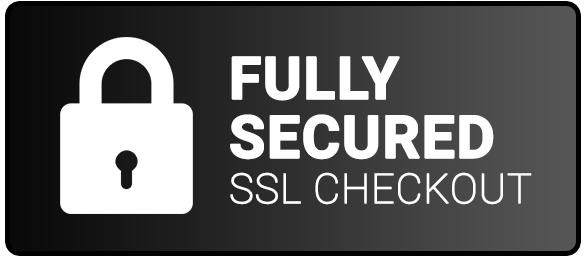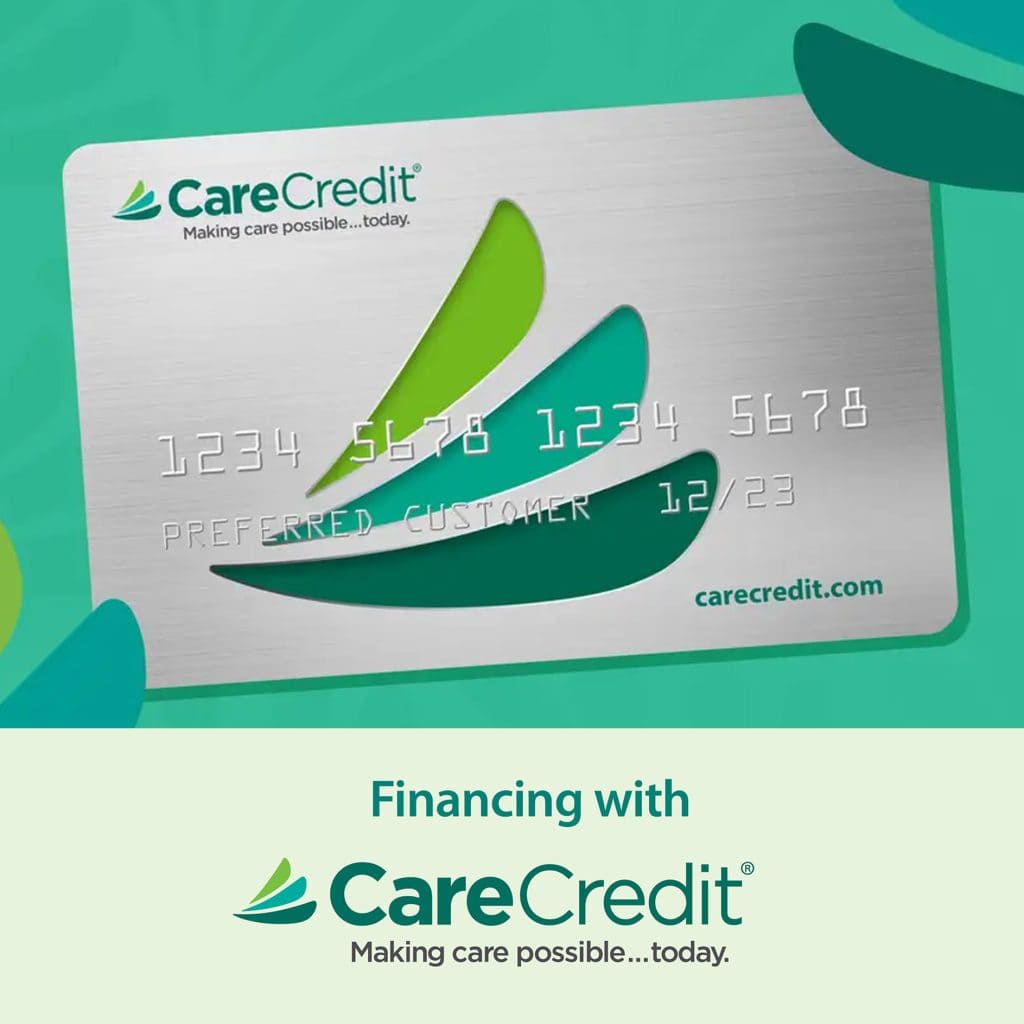Safe driving requires much more than relying on your sight and recognizing traffic signs. Physical changes associated with aging can slow our reflexes, affecting how we might brake safely or turn our heads to check a blind spot. We must also remember that our hearing is an important component of safe driving.
If you wear a hearing aid, it is important to follow a regular maintenance schedule with your audiologist or hearing specialist (BC-HIS) to ensure it is in proper working order for safe driving. While on the road, our hearing is central in many safety cues. Whether it is a horn from another vehicle or a person on a bicycle trying to get your attention, the hearing aid must be fitted properly and maintained over the years.
Below are some tips to ensure safe driving practice for seniors with hearing aids:
1. Schedule a Hearing Test
Schedule an appointment with an audiologist or BC-HIS to have your hearing tested. Let them know what kind of driving you do (city, highway, etc.) and how often. This information will give them an indication of how to fit your hearing aid. They will know what kinds of sounds you will encounter while on the road and fit the device for your optimum safety. You should then follow up with hearing aid maintenance every six months to a year.
2. Pay Attention to Reaction Time and Focus
As you age, reaction time slows and adjustments need to be made accordingly. Breaking early whenever you need to make a stop can be dangerous for drivers behind and around you. Work to maintain a safe distance from the car in front of you and drive in the right-hand lane whenever the road it too congested, like during rush hour.
A good way to focus your attention and hearing is to turn down the radio while driving, or turn it off altogether if it is too distracting. Loud music or news/talk radio is just more sound that your hearing aid has to filter through. Keeping it on a low volume allows you to hear what’s really important on the road.
3. Make Necessary Changes
If you are wearing a hearing aid while driving, pay attention to how it’s serving you over time. The fit for your hearing aid is a constant conversation with your hearing healthcare professional. If your needs change while on the road or your hearing aid begins to fail you, you are by no means stuck with it. Take steps to meet with your doctor as soon as possible to address the issue and provide them with as much information as possible. Do not be cavalier with your safety while driving. Driving with a hearing impairment is something that requires attention to detail and, often, utilization of other devices as well. Including panels with different emergency indicators and sensors that can detect various sounds.
4. Let Technology Help
Conversations in the car are inevitable and enjoyable. If the driver relies on lip-reading during conversation, however, it could plunge the car into awkward silence. Fear not, the lip-reading mirror is here to help. It sits on the dash and can be used to lip-read short phrases from the passenger, as keeping one’s eyes on the road is more important.
For cars with more than one passenger, a suggestion may be the Phonak Roger Pen. Though it can be quite an investment (upwards of $600), one of the uses of the device is that passengers can speak into a wireless microphone and it streams directly into your Bluetooth hearing aids, like the Phonak Audeo B Direct. You can also connect cell phones so that you keep your hands on the wheel while maintaining an important phone call.
Conclusion
There are many contributing factors to driving safely with hearings aids. It requires keen attention on the road and taking advantage of accommodations when available. Consulting with your hearing healthcare professional to stay on top of your hearing aid’s maintenance is key. At the first sign that something may be wrong, don’t risk your safety while driving. Make an appointment with your audiologist or use an online platform to find a hearing specialist near you.






